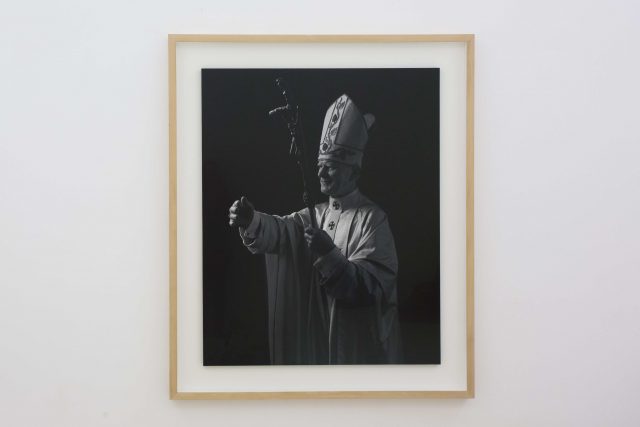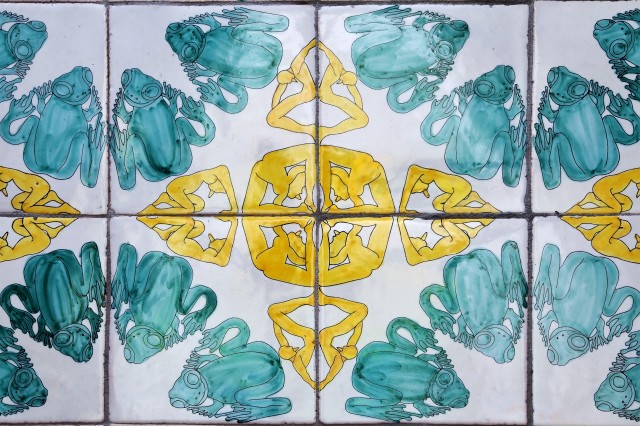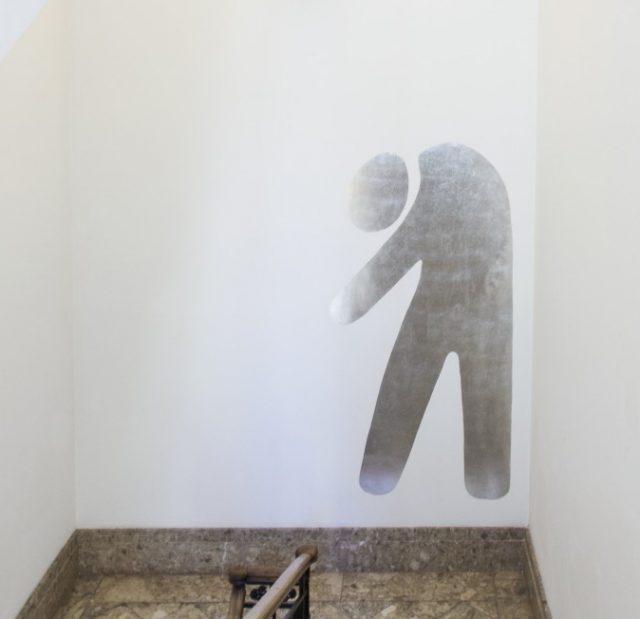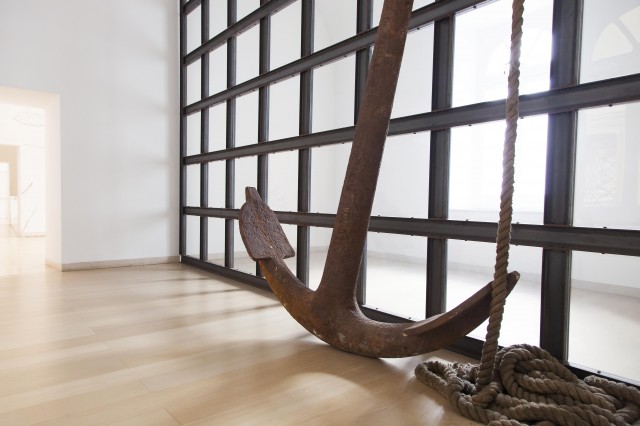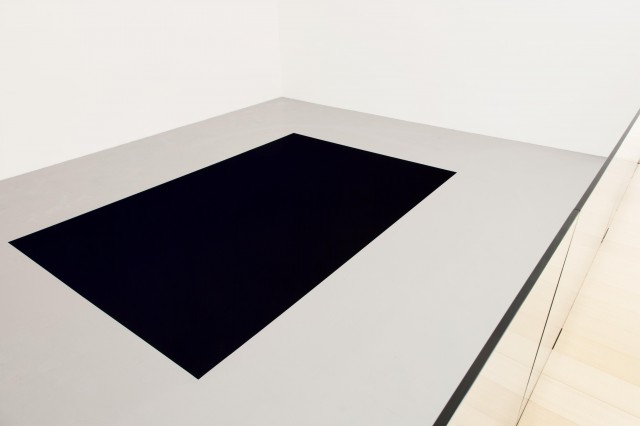Grouped in thematic cycles that develop in the long term, the photographs by Hiroshi Sugimoto (Tokyo, 1948) become a instrument for investigating the photographic medium itself, by which he conceals or reveals the fine line separating reality from appearance. Born in Japan but trained in Los Angeles, Sugimoto moved to New York in the 1970s. There he came into contact with Minimalist painting and sculpture. Seriality, simplicity and the geometry of forms, compositional rigor and the exclusive choice of black and white are the elements that have characterized his photographic research ever since the Theaters series, in which the films being screened in old cinemas or drive-ins became the sole source of light – hence a condensation of all the images contained in the film – thanks to the use of long exposure times. The precise construction of the image is followed by the control of the printing process, performed manually by the artist, from the films to the chemical treatment involved in development.
All of Sugimoto’s research is presented as a reflection on time, conducted both through the procedure of work and the choice of the subjects, crystallized in a moment and made eternal by the artist’s shot with an almost visionary insight. This happens with modernist architecture in the Architectures series as well as with the waves in Seascapes or the effects of electrical discharges in Lightning Fields.
The work in the collection, Pope John Paul II (1999), belongs to the Portraits series, created in Madame Tussauds waxworks museum in London. The estranging effect of these portraits, especially those of historical figures who lived before the invention of photography, activates a dialogue between painting, sculpture and the means of mechanical reproduction, converging in these photographs on the different levels of reproduction of the image. Taken in three-quarter profile or frontally, almost life-size and illuminated so as to accentuate the chiaroscuro effects, the subjects are shown in all their verisimilitude to the original, to the point of arousing a doubt whether shots were taken of the person in the flesh and not a wax reproduction. The ambiguity of the image (obtained without using any digital effects), with the mystical and surreal character that pervades these portraits stirs reflection on the possibility of stopping time, manipulating it, and so aspiring to the condition of immortality that photography can confer. Together with other works from the Portraits series, a portrait of Pope John Paul II was also exhibited in Naples, at the Museo Nazionale of Capodimonte, on the occasion of Sugimoto’s solo exhibition in 2004.
AT
